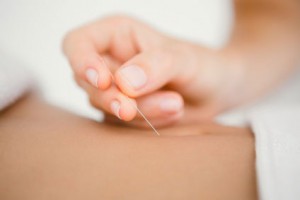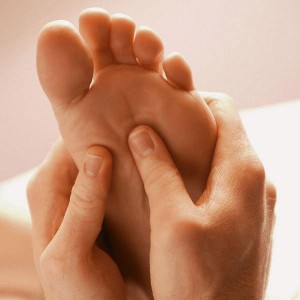We all see the world through our own eyes – through subjective experience. But how much is our view determined by our true self and how much by conditioning?
Everybody is profoundly influenced by their experiences – most of all by early childhood when the input of powerful others shape how we see the world. Every child absorbs parental and social attitudes, takes experiences as information about their own value and later makes generalisations from their early experience – these become expectations and assumptions about the world, self and other people.
Some people have a memory/expectation of abandonment, others being overwhelmed or abused – some both. And ways of handling these fears and old experiences, originally self-protective, can become problems in themselves – fears of closeness or intimacy, addictions and compulsions, control, numbing, self-sabotage, avoidance, under- or over-achievement to name but a few.
To begin to become aware of internal assumptions and to start to see where they come from can have a transformative effect. To shine a light on the ghosts of the past can put phantoms where they belong, allow feelings to thaw and pave the way for the emergence of your own new perspective – and with it a unique vision of life and the world – and the release and integration of your own energies.
ROSANNE HOOPER, BA(Hons), UKCP reg., Dip AIP. Rosanne is an experienced integrative and humanistic psychotherapist who works with clients on a long or short term basis. She has been in practice for over 20 years.










